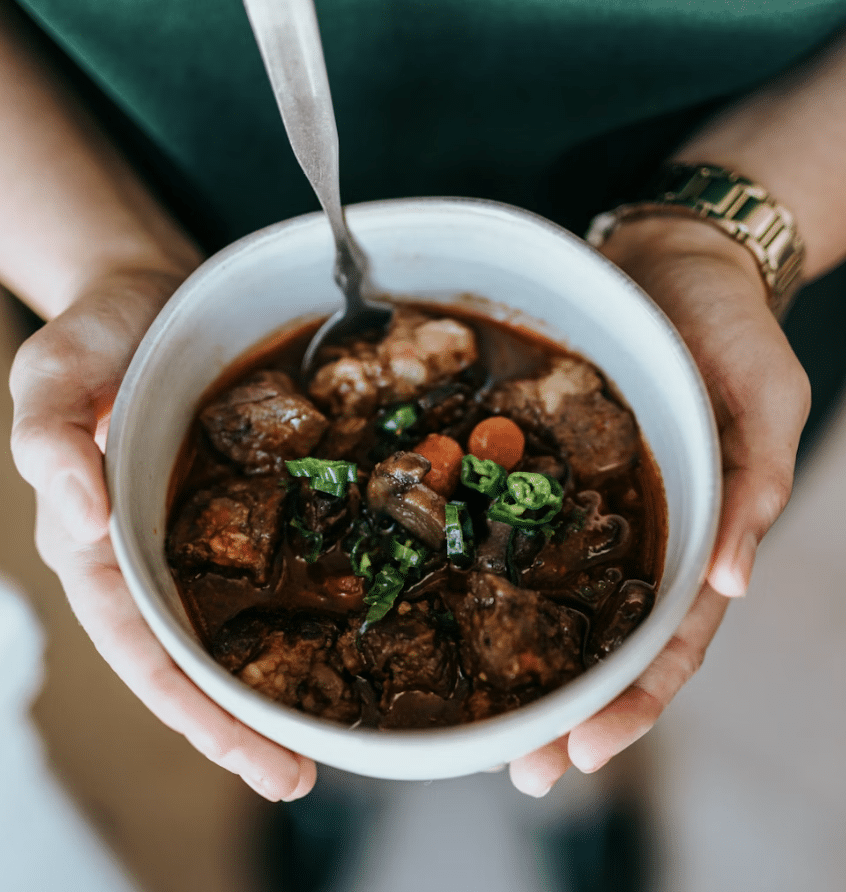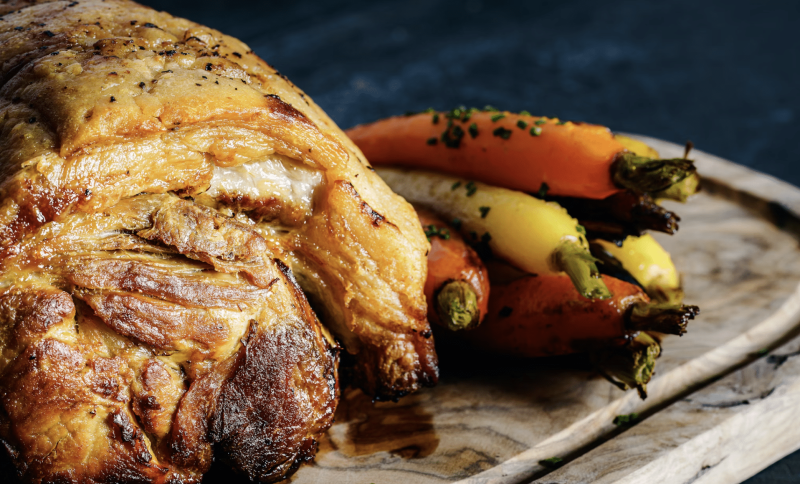Moving into a dorm or a first apartment is a rite of passage for college students. It marks the transition from home-cooked meals to a world of independence, but it also brings the stark reality of limited space, tight budgets, and a lack of time. For years, the microwave was the undisputed king of the student kitchen. However, in recent times, two contenders have risen to challenge the throne: the Air Fryer and the Instant Pot.
Both appliances promise to revolutionize the way students cook, offering speed, convenience, and the ability to cook real food without a full stove setup. But for a student with limited counter space and funds, buying both is rarely an option. So, which one reigns supreme?
Time management is the biggest hurdle for university students. Between attending lectures, participating in extracurriculars, and maintaining a social life, finding time to cook a nutritious meal often falls to the bottom of the priority list. When you are drowning in deadlines and thinking, “I need someone to help me with my paper to pass this class,” the last thing you want to worry about is cooking a complex meal. You need a solution that is fast, effortless, and requires minimal cleanup so you can get back to your studies.
To help you decide which gadget deserves the precious real estate on your mini-fridge, let’s break down the battle of the appliances.
The Contenders Defined
Before we dive into the comparison, it is helpful to understand what these machines actually do.
The Air Fryer: Despite the name, an air fryer doesn’t actually fry food. It is essentially a compact, high-powered convection oven. It uses a fan to circulate hot air around food at high speeds, creating a crispy layer similar to deep-frying but with a fraction of the oil. It is designed for texture, speed, and browning.
The Instant Pot: The Instant Pot is a multi-cooker, but its primary function is that of an electric pressure cooker. It traps steam inside a sealed pot to build pressure, which raises the boiling point of water and cooks food much faster than conventional methods. It also functions as a slow cooker, rice cooker, steamer, and sauté pan. It is designed for moisture, tenderness, and volume.
Round 1: Versatility and Cooking Capabilities
The Instant Pot is the clear winner on paper regarding sheer functionality. It can cook rice perfectly (a staple for student budgets), make yogurt, steam vegetables, slow-cook pulled pork, and whip up massive batches of chili or soup that can last a student all week. If you are someone who enjoys meal prepping or wants to cook beans and grains from scratch to save money, the Instant Pot is a powerhouse. It turns cheap, tough cuts of meat into tender, delicious meals.
However, the Air Fryer excels at what college students often eat most: frozen foods and leftovers. If your diet consists heavily of chicken nuggets, French fries, frozen burritos, or reheating pizza, the Air Fryer is unbeatable. It restores the crispiness to leftover food that a microwave destroys. While you can roast vegetables and cook chicken breasts in it, it cannot handle soups, stews, or grains.
Verdict: If you want to cook real meals like stews and rice, choose the Instant Pot. If you want to upgrade your frozen food game and reheat leftovers, choose the Air Fryer.

Round 2: Speed and Convenience
Speed is subjective here. The Air Fryer is the king of speedy delivery. Because the heating element is close to the food and the fan circulates air rapidly, there is little to no preheat time. You can throw in a handful of frozen mozzarella sticks, and they will be ready to eat in eight minutes. It is intuitive and behaves like a standard oven, just faster.
The Instant Pot is fast, but it comes with a caveat. While a recipe might say “5 minutes at high pressure,” that doesn’t account for the time it takes the pot to pressurize (10-15 minutes) and the time it takes to depressurize naturally (another 10-15 minutes). A 15-minute meal might actually take 45 minutes from start to finish. However, the benefit is that it is hands-off. You dump the ingredients in, press a button, and walk away. You don’t need to flip anything or watch it to ensure it doesn’t burn.
Verdict: For immediate hunger, the Air Fryer wins. For set-it-and-forget-it cooking, the Instant Pot takes the lead.
Round 3: Ease of Use and Cleanup
For a student who has never cooked before, the Air Fryer is much less intimidating. You pull out the basket, put food in, set the temperature and time, and that’s it. Checking on the food is as simple as pulling the basket out. Cleanup is generally a breeze; most baskets have a non-stick coating and can be wiped down or thrown in a dishwasher.
The Instant Pot has a steeper learning curve. Dealing with pressurized steam can be scary for beginners. There are sealing rings to clean (which tend to absorb odors), valves to check, and different release methods (Quick Release vs. Natural Release) to understand. If you forget to put the inner pot back in before pouring liquid, you can ruin the machine. It requires a bit more reading and attention to detail.
Verdict: The Air Fryer is significantly more user-friendly and easier to clean.
Round 4: Health Considerations
Both appliances are healthier than traditional frying or relying solely on fast food, but they achieve this in different ways.
The Air Fryer allows you to achieve that crave-worthy crunch without submerging your food in a vat of oil. For students trying to avoid the “Freshman 15” while still enjoying comfort foods, this is a major plus. You can make crispy tofu, roasted chickpeas, or sweet potato fries with just a light spray of olive oil.
The Instant Pot is excellent for preserving nutrients because the cooking times are shorter than boiling or roasting. It encourages the consumption of whole foods. Because it relies on steam and pressure, you rarely need to add fats to cook meats or vegetables. However, it won’t give you that crispy texture, which might leave you unsatisfied if you are craving crunch.
Verdict: It’s a tie. The Air Fryer cuts fat from fried cravings; the Instant Pot encourages whole-food cooking.
Making the Right Choice: The Student Profile
To make the final decision easier, let’s look at expert advice on choosing tools that fit your specific needs. According to a review by Eric Stelee on the platform WritePaper, finding the best paper writing service is similar to choosing kitchen appliances: you need reliability, speed, and quality results. The same logic applies here; you must select the tool that yields the results you actually want to consume.
Choose the Air Fryer if:
- You hate soggy leftovers (especially pizza and fries).
- You rely on frozen foods from Trader Joe’s or Costco.
- You want a snack in under 10 minutes.
- You prefer texture (crispy/crunchy) over volume.
- You are intimidated by complex cooking settings.
Choose the Instant Pot if:
- You want to save money by cooking dried beans, rice, and cheaper cuts of meat.
- You enjoy soups, stews, and curries.
- You like to meal prep for the whole week on Sundays.
- You have very limited freezer space but plenty of pantry space for grains.
- You want a device that can replace a rice cooker and a slow cooker.
Conclusion
Ultimately, the battle between the Air Fryer and the Instant Pot ends in a draw because they serve different masters. For the typical undergraduate living in a dorm who snacks frequently and eats irregularly, the Air Fryer is likely the better investment. It fits the fast food lifestyle but makes it slightly healthier and vastly tastier.
However, for the graduate student or the upperclassman living in an apartment who is trying to budget strictly and eat hearty, healthy meals, the Instant Pot is the superior financial ally.
Whichever you choose, both beat the microwave. Investing in either of these appliances is an investment in your health, your wallet, and your independence. Just make sure you check your dorm regulations before plugging them in!













